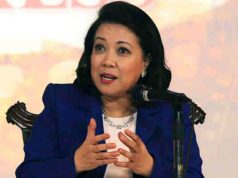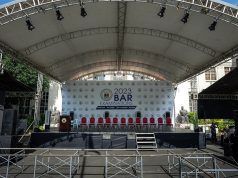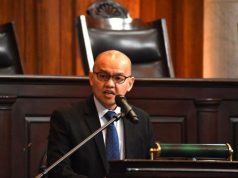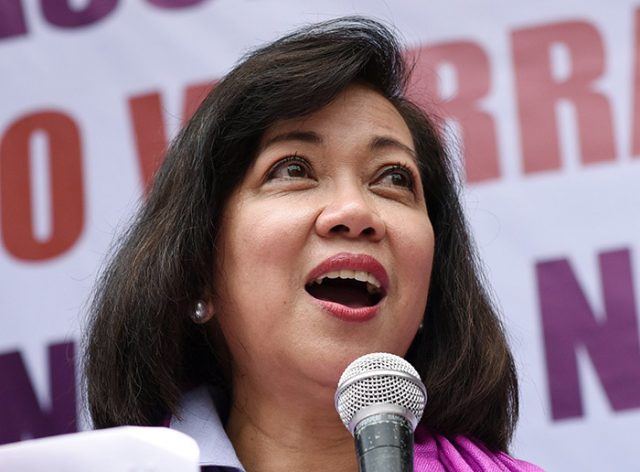
The Philippines has the distinction of unseating two consecutive chief justices, just six years apart. Here’s look at some notable magistrate ousters from countries reveals how precarious having a seat on the highest tribunal of the land actually is.
One chief justice after another removed
In May 2018, Maria Lourdes Sereno, the second-youngest chief justice appointee in the history of the Philippine judiciary, was removed by her colleagues on an 8-6 vote granting a quo warranto proceeding looking into her appointment.
Sereno’s removal came just six years after the justice she replaced, the late Renato Corona, was impeached by 20 members of the Senate who found him guilty of a culpable violation of the 1987 Constitution for failing to disclose to the public his statement of assets, liabilities, and net worth as required under Section. 17, Article XI of the said constitution.
An insecure chief justice seat
While the controversial unseating of the two chief magistrates has put the spotlight on the Philippine judiciary, other countries in the Asian region have also seen their political landscape rocked by the severing of their top court’s head.
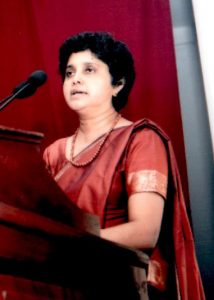
Shirani Bandaranayake, the 43rd chief justice of Sri Lanka and the first woman to the post, was removed by vote of the Sri Lankan parliament, following allegations of corruption and unexplained wealth.
Critics of Sri Lanka’s president at the time, Mahinda Rajapaksa, said he had orchestrated the juror’s removal to consolidate power.
Bandaranayake, however, was given another chance at clearing her name. She was reinstated in 2015 by Maithripala Sirisena, Rajapaks’s successor.
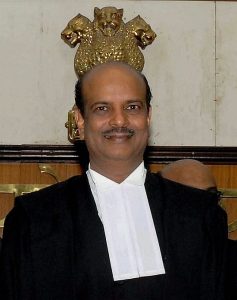
In 2011, Paul Daniel Dinakaran, chief justice of the high court of the Indian state of Sikkim, handed in his resignation after he was charged with corruption, even as a final verdict had yet to be given.
“I have a sneaking suspicion that my misfortune was because of my circumstances of my birth in the socially oppressed and underprivileged section of society,” said Dinakaran in his resignation letter. He claimed that the charges were framed behind his back by the inquiry committee of the Supreme Court of India.

While the Philippines watched its chief magistrate be crucified by her colleagues in the high court, the Maldives saw its highest juror be put behind bars.
Just days prior to the ousting of Sereno, her Maldivian counterpart Abdullah Saeed was arrested and sentenced to jail for almost five months, on charges of obstructing government administration and justice.
Saeed had ordered the release of political prisoner Mohamed Nasheed, a possible opponent to incumbent Yameen Abdul Gayoom earlier in 2018.
Common denominator: Opposing leadership
All three magistrates blamed political rivalries in government for ending their tenures.
Bandaranayake and Saeed were supposedly removed for opposing their countries’ respective heads of state, while Dikaran has claimed to have been the victim of colleagues in the judiciary.
Interaksyon in its report on the parallels between the Corona and Sereno ousters shows how both deposed Filipino magistrates were at odds with the president during their respective terms.




